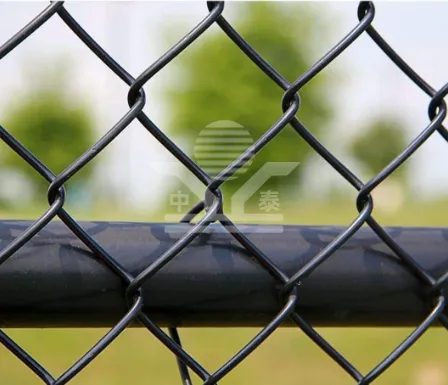The Versatile Uses of Barbed Wire Mesh
Barbed wire mesh, a durable and effective fencing material, has been utilized in various applications since its invention in the late 19th century. This innovative product consists of strong wire strands twisted together, with sharp barbs spaced evenly along its length. Initially designed for agricultural purposes, its applications have expanded considerably over the years, making it a vital component in numerous fields.
One of the primary uses of barbed wire mesh is in agriculture. Farmers have long relied on this robust fencing solution to contain livestock and protect crops from trespassers and wild animals. The sharp barbs deter animals from attempting to breach the fence, minimizing the risk of escapes and ensuring the safety of both livestock and crops. Additionally, barbed wire mesh can be used to create enclosures around gardens or valuable plants, protecting them from foraging wildlife.
Another significant application of barbed wire mesh is in security. In residential, commercial, and industrial settings, this fencing provides an added layer of protection against intruders. Barbed wire fences are often installed atop standard fences to make them more formidable. This heightened security measure is not only effective in deterring potential burglars but also in protecting valuable assets, equipment, and sensitive areas such as warehouses and construction sites.
In modern times, barbed wire mesh has also found a place in military and governmental applications. It's commonly used in conflict zones to create barriers and secure perimeters around military bases. The intimidating appearance of barbed wire acts as a psychological deterrent, warding off unauthorized access. Moreover, it has been used in humanitarian settings, helping to secure refugee camps and control populations during crises, providing safety and security in tumultuous times.
barbed wire mesh

Environmental conservation efforts have also embraced barbed wire mesh. For instance, it serves as a protective barrier for endangered species and habitats. By creating designated areas, conservationists can monitor and safeguard vulnerable ecosystems from human encroachment. Barbed wire can also be employed to create wildlife corridors, enabling safe passage for animals while keeping them out of agricultural zones.
In addition to these practical applications, barbed wire mesh has been utilized in unconventional ways. Some artists and designers have incorporated it into their work, using the material to create striking sculptures and installations. This unexpected fusion of utility and art sparks conversations about boundaries and barriers, challenging viewers to reconsider the purpose of such objects.
While barbed wire mesh boasts many advantages, it is not without its drawbacks. The sharp barbs pose risks to both humans and animals, necessitating careful handling and installation. Furthermore, its presence can have negative implications for wildlife, as many species may struggle to navigate such fences. As a result, alternative fencing solutions that are more wildlife-friendly have gained traction in recent years.
In conclusion, barbed wire mesh is a multifaceted tool that serves numerous purposes across various sectors. From agriculture and security to environmental conservation and artistic expression, this resilient fencing material continues to demonstrate its versatility and importance in modern society. Whether used to protect livestock or create art, barbed wire mesh has made a lasting impact, showcasing the balance between functionality and creativity. As we move forward, it is essential to consider not only the effectiveness of such materials but also their environmental implications, ensuring that we utilize them responsibly.
-
Why Galvanized Trench Cover Steel Grating Resists Corrosion
NewsJul.10,2025
-
The Versatility and Strength of Stainless Expanded Metal Mesh
NewsJul.10,2025
-
Load Calculations in Steel Grating Platforms
NewsJul.10,2025
-
Keeping Pets and Kids Safe with Chicken Wire Deck Railing
NewsJul.10,2025
-
Hole Diameter and Pitch for Round Perforated Metal Sheets
NewsJul.10,2025
-
Aluminium Diamond Mesh in Modern Architecture
NewsJul.10,2025
Subscribe now!
Stay up to date with the latest on Fry Steeland industry news.

